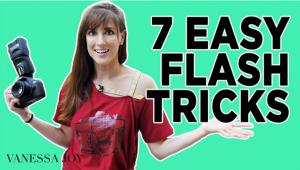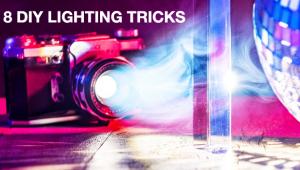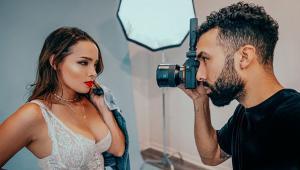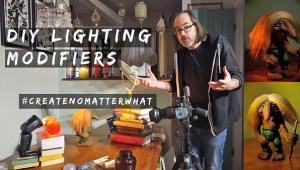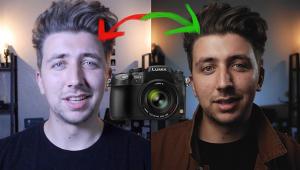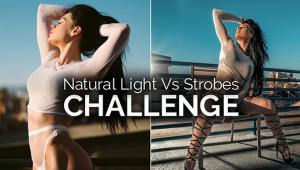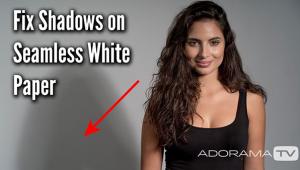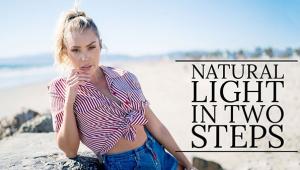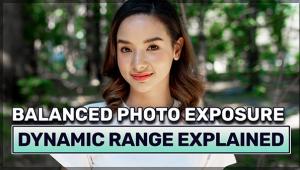How to Create Stunning Portraits Using Three LED Lighting Setups: Mix ‘n’ Match Your Light Sources With Rotolight’s Anova V2 And RL48-B’s

The studio lighting genie is not going back into the bottle anytime soon and LED light sources are finding their place in more and more camera rooms. Clever and versatile lighting systems such as Rotolight’s new Anova V2 and their compact RL48-B battery-powered portable lights are part of the reason why.
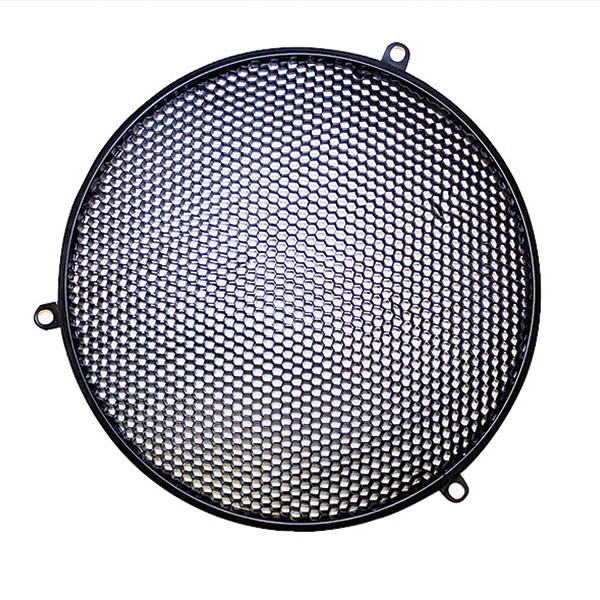
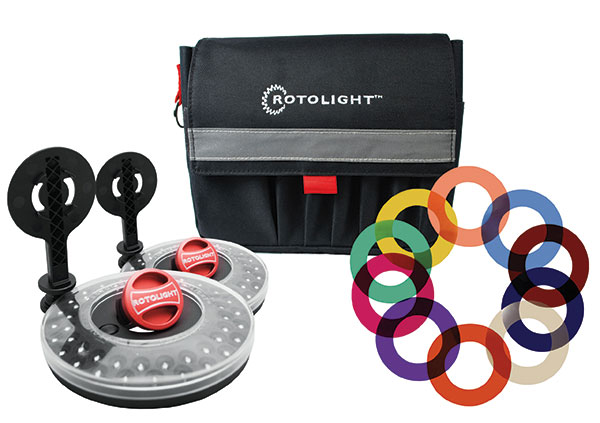
Tools Of The LED Trade
At a trade show, I had a chance to check out Rotolight’s Anova V2: an improved and, most importantly, brighter LED studio light. Since then, I have been using one in my home studio on a regular basis.
How much brighter is it? How about 350 percent brighter. The new Anova V2 delivers 1000-watt equivalent output while using 93 percent less energy than a standard tungsten bulb. It has an overall color rendering of CRI > 95 (see “Color Rendering Index”) and a skin tone CRI rating > 98, in models that feature either a 110-degree beam angle for soft lighting or a standard 50-degree angle for more straight-line output.
You have a choice: broad soft light with less output or more light and a narrower beam. Having coped with the challenge of using lower-powered LED studio lights in the past, I chose the more powerful option. There’s an optional ($220) Rotolight Honeycomb Louver that reduces the beam angle down to 40 degrees while directing light onto your subject in a more dramatic way. Bi-Colour Anova lights use white and yellow LEDs and with a simple dial interface on the back can be balanced to match ambient color temperature without requiring gels, though a standard filter holder is available for special effects. Using a standard V-Lock or Gold Mount battery, an Anova will function for up to four hours, making it ideal for location shooting. Rotolight’s Magic Eye smartphone app provides additional control over Anova’s color and brightness and is discussed in detail in my September, 2013, Shutterbug review (available online).
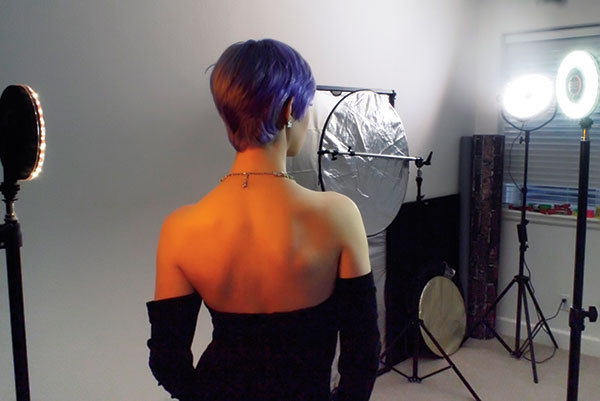
All Photos © Joe Farace
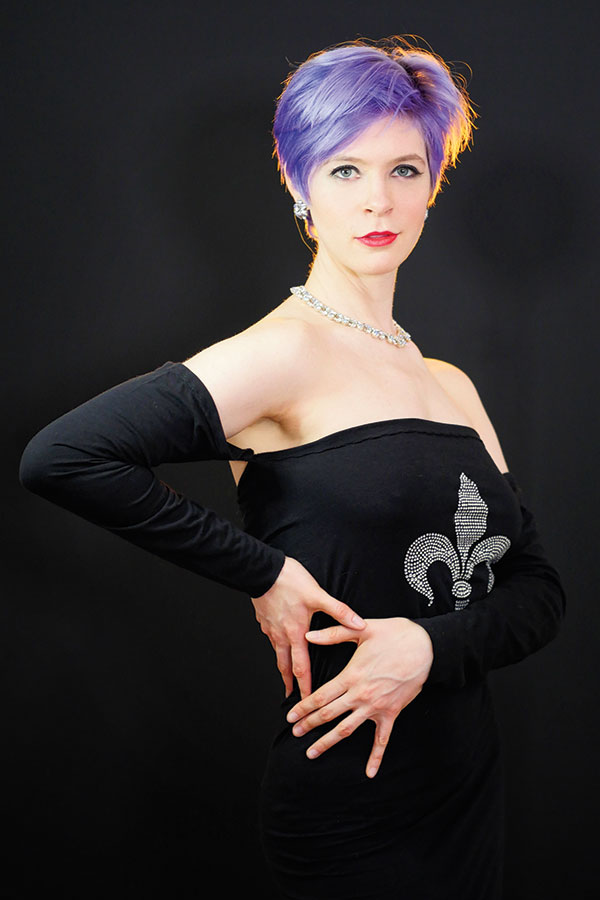

The other two lights that make up my three-light setup are the small battery-powered (three AA) RL48-B lights found in Rotolight’s Interview Kit. The basic RL48-B produces a default color temperature of 5600K (Daylight) and has built-in storage space for the bundled Lee Filters’ (www.leefilters.com) Calibration Filter Kit as well as some bolder special effects filters in the soft storage pouch that’s part of the kit. The LEDs used in the RL48-B have a 140-degree beam so light wraps around your subject, providing an interesting counterpoint to the Anova’s narrower beam. The mounting stands in the kit have a shoe mount with a standard 1/4-inch tripod screwmount, allowing you to attach it to a tripod or light stand as well as on camera in a hot shoe. When working with the system, Rotolight offers a full line of swivel mounts, clamps, and articulated arms that provide flexibility.
Executing The Concept
Some advantages to having an all-LED studio setup were immediately apparent during my first lighting test: since neither the Anova V2 or tiny RL48-B lights have/require cooling fans, the studio was quiet.
Even when working with a professional model such as Pamela Simpson, who needs little direction, I like a quiet set so I can communicate with a subject. Better communication always produces better portraits. No flash means no recharging of capacitors which means no—and I mean no—recycle time or waiting before making your next shot. It’s much like shooting with daylight sources and all these lights were perfectly daylight balanced without required filtration, not counting that done (as you will see) for special effects. Tip: If you like to shoot fast, make sure you’re using a fast memory card because all of the sudden that particular choice becomes the limiting factor. No flash means few, if any, blinks, although subjects who are contact lenses wearers will always produce a few no matter what the light source.
The output produced by the three Rotolights was close enough to daylight that shooting in AWB mode produced image files that required little if any color correction. Since individual LEDs can vary from brand to brand, I used a pocket spectrascope to analyze the output quality of Rotolight’s LEDs and found a smoothly reproduced spectrum with no spikes or missing color bands.
Working with three LED light sources in the studio was also lots of fun, especially the battery-powered RL48-B lights that I placed on lightweight light stands so they could be moved easily around my home studio. I mounted one RL48-B that I planned on placing behind the model as a hair or back light on the smallest, lightest stand I owned so it could be placed as close as possible to my subject. The 5.7-pound Anova V2 is heftier so I used a sturdier light stand to support it.
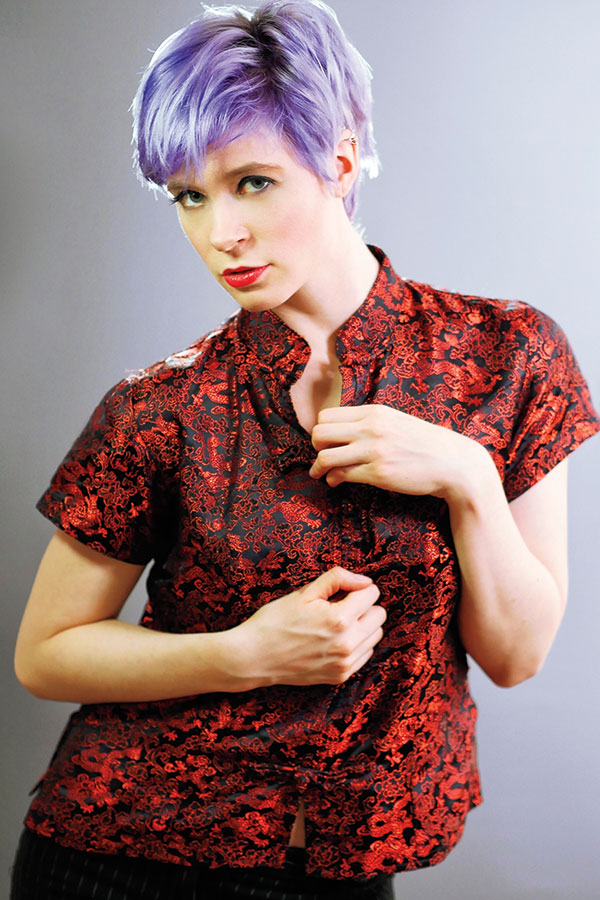
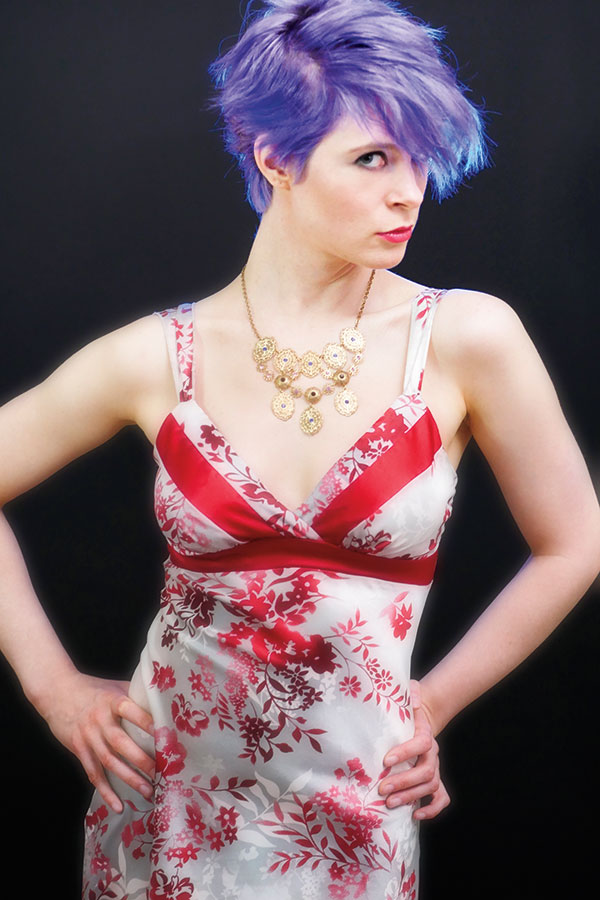
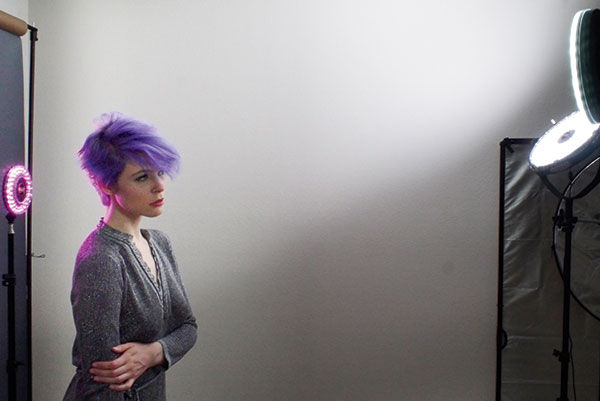
Bright, Broad Fill Light
For the first portrait I set up the lights as shown in the illustration using the Anova as an overall fill light and one RL48-B as a key light with the other one as an accent light. The ability to move the battery-powered RL48-B lights around the studio was an asset and their small size made it possible to place one directly behind model Pamela Simpson’s head to backlight her violet (for this shoot) tresses. That doesn’t mean that I didn’t have to pay attention, and camera position and angle were critical in making sure the RL48-B didn’t peek out from behind her head. Using a mirrorless interchangeable lens camera, such as the Panasonic Lumix GH4 I used for this shoot, made it easy to immediately see in the viewfinder when that occurred so I could reposition and make another shot.
The RL48-B lights are not as bright as the Anova V2 so I ended up shooting at what some people might consider higher than normal ISOs but I encountered no noise problems. The GH4 has ISO capabilities up to 25,600 and produces relatively clean images even at the top end of that spectrum, so I wasn’t stressing its capabilities. Keep in mind that when I tested the original Anova I often found myself shooting at ISO settings from 1250 to 1600 but using the Anova as a fill light, as suggested by R.T.S.’s Mark Tahmin, I was happily shooting at lower speeds, making this combination of Rotolight fixtures available to shooters with cameras that can easily shoot at these ISO levels.
I also used prime lenses for these sessions instead of slower zooms. If you don’t like shooting with the lens wide open, kicking up the ISO even a half-stop won’t strain the noise reduction capabilities of most cameras.
Keeping the same background and having the subject change clothes for a different look, I also changed the overall style of the portraits by adding a blue gel to the RL48-B. Then for the next series of portraits, I continued to move the RL48-B lights around and use the Anova 2 in many different functions (see illustrations), again mostly as a fill light.
The concept of using a bright, broad light source for fill is not a new one and portrait photographers have been using it for years with both continuous and electronic flash sources. LED is just the latest technology to adapt itself to portraiture and provides continuous light without generating the heat levels produced by quartz and tungsten sources. What’s more, the size and lightness of the RL48-B lights makes them an ideal source for experimentation and just playing with the light. They are simply fun light sources to use and, when backed up by the Anova V2’s power, produce a lighting system that should work just as well on the road as it does in the studio.

Color Rendering Index
The Color Rendering Index (CRI) is a measure of a light source’s ability to accurately reproduce colors and uses a scale from zero to 100. CRI is measured by comparing the color rendering of a test source to a perfect source, which is generally a black body radiator. Both sources are used to illuminate standard samples. The perceived colors under reference and test illumination are compared using a standard formula and averaged over a number of samples to get the final CRI rating. At CRI 80, a light reproduces 80 percent of the visible color spectrum the sun would produce at the same color temperature. A CRI of 100, taken at a color temperature of noon sunlight, will reproduce the colors found on a sunny day at noon.
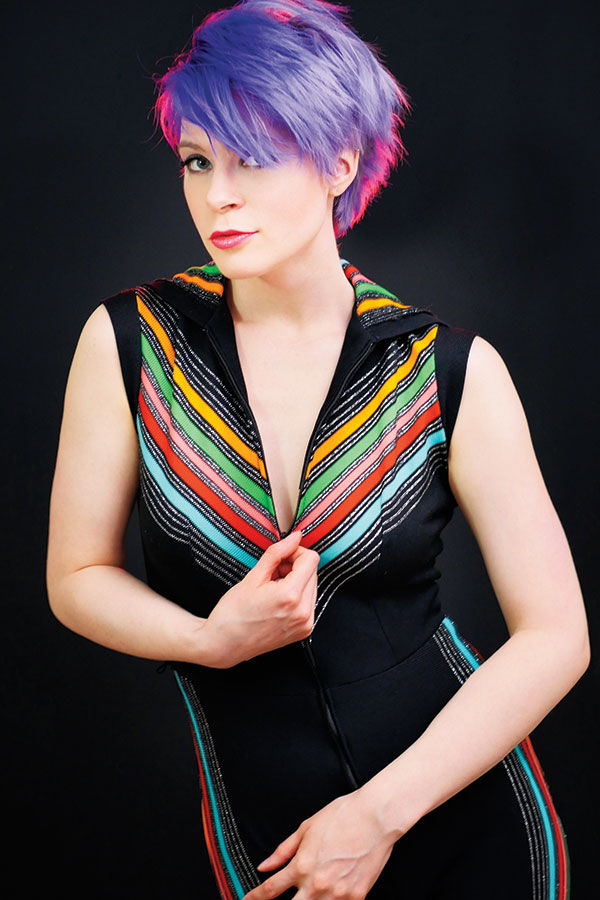
Rotolight Anova V2 Specifications
* Color Temperature Range: 3120K to 6300K (equivalent to 1000-watt tungsten)
* Lux/Lumens/Foot-candles: 1m = 2028 Lux/5425 Lumen/188 Foot-candles
* Power Consumption: 38 watts (dimmable from 1 to 100 percent)
* Beam Angle: 110 degrees
* Dimensions: 13.18x15.39x3.35 inches (with optional barn doors)
* Weight: Body: 5.7 lbs; Case: 5.5 lbs
* Price: $2,387.95
Rotolight RL48-B Specifications
* Diameter Size: 5.3 inches
* Beam Angle: 140 degrees
* Hot Light Equivalent: 80 watts
* Color Temperature: 5600K
* Power: Three AA batteries
* Battery Life: Four hours
* Weight: 6 oz
* Interview Kit Price: $319
For more information on Rotolight’s Anova V2 and RL48-B lights, contact R.T.S. Inc. at www.rtsphoto.com.
- Log in or register to post comments

